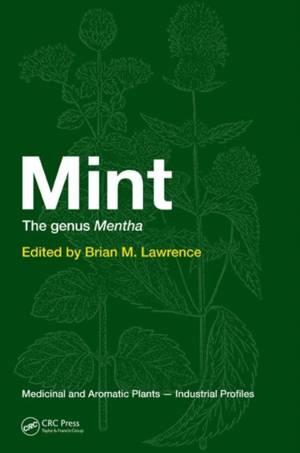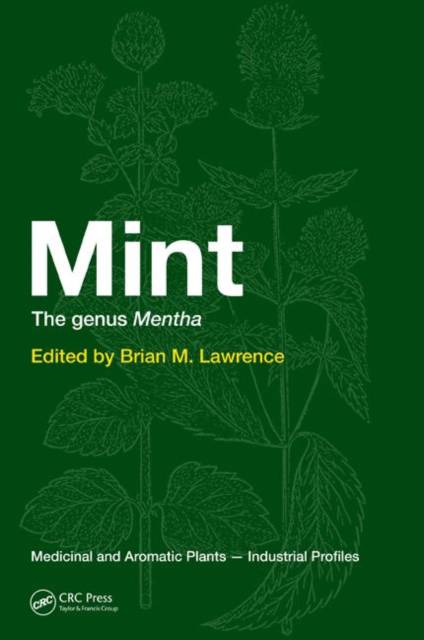
- Afhalen na 1 uur in een winkel met voorraad
- Gratis thuislevering in België vanaf € 30
- Ruim aanbod met 7 miljoen producten
- Afhalen na 1 uur in een winkel met voorraad
- Gratis thuislevering in België vanaf € 30
- Ruim aanbod met 7 miljoen producten
Omschrijving
This reference on mint serves as the first comprehensive review of these commercially important essential oils, which have a long history of use in flavoring and medicine. This book presents an in-depth look at the genus Mentha, examining its history and production, as well as its medicinal and nutritional uses. It also provides a complete industrial profile, including market size, geographical sources, export and import data, quality assessment, and use in a variety of industries such as cosmetic, consumer goods, and food. Written by internationally known experts, this text is an invaluable companion to all those engaged in the research, cultivation, marketing, and production of mint.
Specificaties
Betrokkenen
- Uitgeverij:
Inhoud
- Aantal bladzijden:
- 598
- Taal:
- Engels
- Reeks:
Eigenschappen
- Productcode (EAN):
- 9780849307799
- Verschijningsdatum:
- 13/12/2006
- Uitvoering:
- Hardcover
- Formaat:
- Ongenaaid / garenloos gebonden
- Afmetingen:
- 187 mm x 255 mm
- Gewicht:
- 1152 g

Alleen bij Standaard Boekhandel
Beoordelingen
We publiceren alleen reviews die voldoen aan de voorwaarden voor reviews. Bekijk onze voorwaarden voor reviews.









